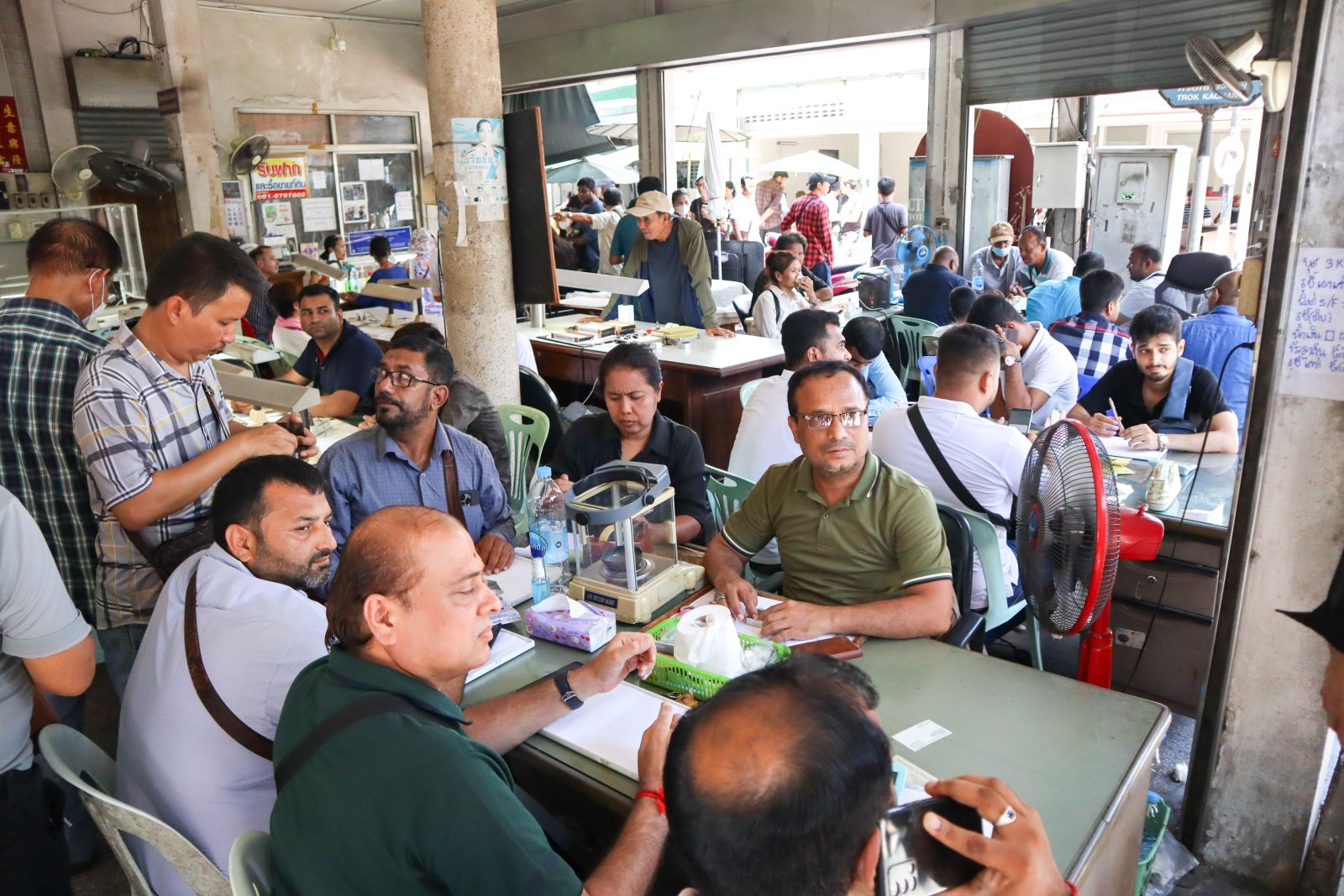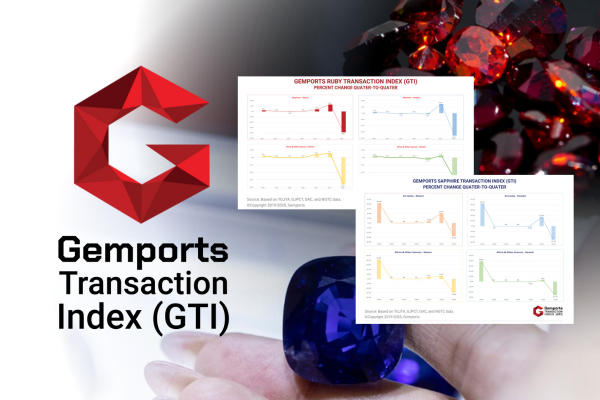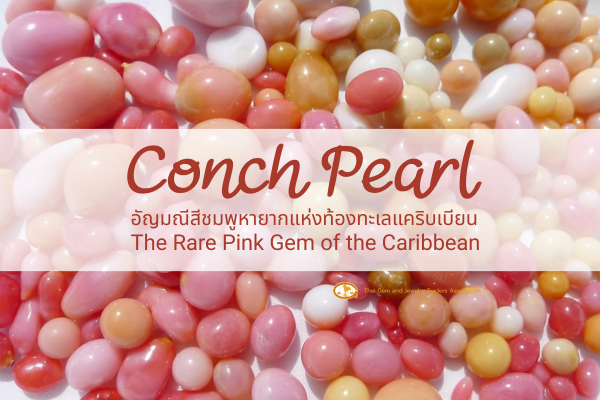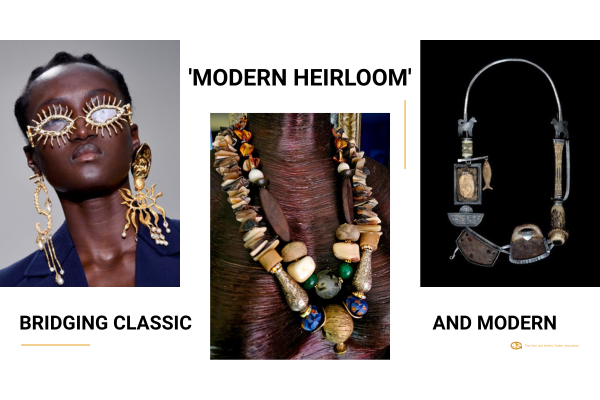

.png)
As the Association's strategic communications expert, we understand that the heart of success in the jewelry business lies in accessing high-quality gemstone sources and possessing a deep understanding of the global market. Thailand has established its reputation as a powerhouse in the colored gemstone industry, particularly in quality enhancement and cutting. However, for your business to achieve sustainable growth, looking "upstream" to the direct sources of these gems is crucial. This article references insights from international news sources and gemological institutions to provide all members with a broader, up-to-date global perspective.
The global colored gemstone trade involves a complex supply chain. Rough stones from various sources worldwide often travel to major trading and cutting centers like Thailand before being distributed to consumer markets. Understanding the primary origins of each gem type is a significant competitive advantage.
The most significant source of rubies today is Mozambique in Africa, which supplies a large volume of high-quality rubies to the global market. Meanwhile, Myanmar (Burma) remains the legendary source of the finest quality rubies, which are highly sought after.
Sri Lanka, the "Gem Island," has a long-standing reputation for producing exceptional sapphires of various colors, especially the Ceylon Blue Sapphire. In parallel, Madagascar has emerged as a major global sapphire producer, offering a wide spectrum of colors and qualities.
The world's highest-quality emeralds are predominantly sourced from Colombia, known for its unique, vibrant green hue. Zambia is another key source, producing emeralds with a bluish-green tone and high clarity.
Africa is a treasure trove of diverse colored stones. This includes Tanzanite, found only in Tanzania; Tsavorite and other garnets from Kenya and Tanzania; and high-quality Tourmaline from Nigeria and Mozambique.

Although local mining in Thailand has declined, Chanthaburi's role on the global stage has grown stronger than ever. International gemological institutions and media outlets recognize Chanthaburi as the world's most important Treatment and Cutting Hub, especially for rubies and sapphires. What makes Chanthaburi vital in the eyes of the international community is:
Chanthaburi's artisans possess inherited expertise and techniques in "heat treatment," transforming rough stones from around the globe into vibrant, beautiful gems, thereby adding immense value.
International data indicates that over 80% of rubies and sapphires in the global market pass through Chanthaburi for processing before reaching consumers. It is a strategic crossroads where rough gems from Africa, Asia, and Australia come to be "transformed."
The gem market along Si Chan Road and Trok Krachang is a lively and internationally renowned marketplace, attracting buyers and sellers from every corner of the world for open negotiations. For Thai entrepreneurs, Chanthaburi is not just a market; it is the heart of the supply chain, providing access to treated gemstones, skilled labor, and comprehensive services.
Traveling to source gems directly from their origin is an advanced strategy that requires experience and a deep understanding of each location.
.png)
Dubbed the "Treasure Box of the Indian Ocean," Sri Lanka is a historic gem trading center. The city of Ratnapura is the hub for rough and cut gemstones. The market here is unique, with transactions often conducted through a network of trusted brokers. Ceylon sapphires remain the country's main, reputation-building export.
.png)
The continent represents the new "frontiers" of the colored stone world, with key sources spread across several countries:
Mozambique: The discovery of the Montepuez ruby deposit is considered the most significant of the 21st century, making Mozambique the world's largest ruby exporter.
Madagascar: One of the most diverse gem sources globally, producing everything from sapphires and rubies to other rare gemstones. Trade is often basic, requiring buyers to have expertise in rough evaluation.
Tanzania and Kenya: Key sources for rare gems like Tanzanite, Tsavorite, and various specialty garnets.
Sourcing gems directly from abroad carries risks but also offers immense opportunities. Here are key considerations compiled from the advice of international market experts:
Transparency & Ethical Sourcing: Consumers in European and American markets are increasingly concerned about the provenance of gemstones. Sourcing from conflict zones or areas with illegal labor practices poses a severe reputational risk to your brand. Always inquire about the source and responsible mining policies.
Rough Evaluation: Buying rough stones is riskier than buying cut stones. You must have the knowledge to assess the potential of a rough stone to determine its final weight and quality after cutting.
Export Regulations: Each country has different regulations and taxes for exporting gemstones. Non-compliance can lead to confiscation and legal issues.
Seller Credibility: Building a network and working with reliable local sellers or brokers is paramount to avoid fraud.
Build Local Relationships: Having a trusted partner or agent in the source country is key to accessing top-quality gems.
Lab Verification: Never rely on words alone. Send sample stones to a reputable gemological laboratory to confirm their identity and any treatments.
Start at Trading Hubs: If you are less experienced, start by sourcing from internationally recognized trading centers like Chanthaburi or Bangkok, which carry lower risks.
Stay Informed: Regularly follow information from international sources like Gemports, the Gemological Institute of America (GIA), Rapaport, or Coloured Gemstones to stay updated on new discoveries and global market trends.
The Association hopes these insights will be beneficial in planning your business strategies. Combining Thailand's strength as a cutting and treatment hub with a deep understanding of the global market will be the driving force for the Thai gem and jewelry industry's stable and sustainable progress.

ในไตรมาสที่ 3 ปี 2025 ตลาดประสบกับภาวะขาดแคลน ทับทิมคุณภาพสูง* ในเกือบทุกกลุ่ม การลดลงโดยรวมของดัชนี GTI ทับทิมนั้น เกิดขึ้นหลักๆ จากสัดส่วนการซื้อขายทับทิมขนาดใหญ่ (3 กะรัตขึ้นไป) ที่ลดลง รวมถึง ไพลินคุณภาพสูง* โดยเฉพาะที่มีน้ำหนักมากกว่า 5 กะรัต เริ่มหา

In the world of precious gemstones, there lies a hidden treasure that originates not from beneath the earth, but from the depths of the sea within a conch shell.

In the world of luxury goods, the word "Classic" used to represent safety and sustainability, while "Modern" implied something whimsical and fleeting. However, in this new decade, those rules have been shattered.